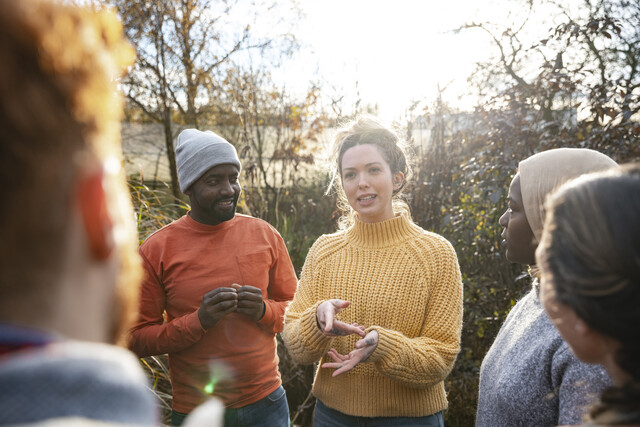How to Write Short Stories for Children
Spark Imagination, Craft Worlds: Write Captivating Children's Stories

11 Hours average completion time
1.1 CEUs
12 Lessons
31 Exams & Assignments
929 Discussions
12 Videos
12 Reference Files
88 Articles
Mobile Friendly
Last Updated December 2025
The Art and Craft of Children's Storytelling: Unleashing Your Inner Author
Do you find yourself brimming with stories and ideas that you yearn to share with the world, yet constrained by the hustle and bustle of daily life? You're not alone. Many potential authors are inhibited by their hectic schedules. But what if there's a way to craft tales that not only suit your routine but also have a profound impact on young minds?
Welcome to the world of children's writing--a realm where imagination takes flight, condensed into short yet powerful narratives. Interestingly, some renowned children's authors began their journey by jotting down tales during brief intervals, like during a tranquil lunch break or as their little ones ventured into dreamland.
However, let's clear a common misconception: writing for children isn't a walk in the park. The brevity of children's stories doesn't mean they're void of depth. Editors in the realm of children's literature anticipate well-fleshed characters, immersive plots, and vivid descriptions, all tightly knit into a concise narrative. A skillful children's author will master the art of precision, ensuring every word holds value. The challenge lies in engaging young minds with comprehensible language while avoiding a patronizing tone.
Course Outline:
-
Lesson 1: Igniting Your Passion - Begin your journey into the vibrant universe of children's literature, understanding its nuances and potential.
-
Lesson 2: Dive Right In - Overcome hesitations, and understand the importance of taking the leap to put your thoughts on paper.
-
Lesson 3: Crafting Lovable Characters - Dive deep into the creation of memorable, relatable characters that resonate with young readers.
-
Lesson 4: Weaving the Narrative - Explore the intricacies of plotting for children, ensuring tales that captivate and inspire.
-
Lesson 5: Painting with Words - Understand how to build vivid settings and the subtle art of description to transport young readers.
-
Lesson 6: Conversations that Matter - Delve into the craft of authentic, engaging dialogues that drive the story forward.
-
Lesson 7: Story Sculpting - Explore various models and structures that can shape your narrative.
-
Lesson 8: Crafting the Initial Narrative - The importance of getting the first draft out, imperfections and all.
-
Lesson 9: The Refinement Process - Understand that writing is an evolving process. Learn techniques for revising and refining your tale.
-
Lesson 10: Sharing Your Tale - Gain insights into presenting your story to the world, and absorbing feedback.
-
Lesson 11: Navigating the Publishing Landscape - Decipher the dynamics of the publishing world, understanding target markets and potential outlets.
-
Lesson 12: Persevere and Shine - Writing is a journey filled with ups and downs. Learn strategies to keep the motivation alive and continue your creative journey.
Whether you aspire to pen down stories solely for your children or dream of seeing your book on store shelves, captivating the hearts of thousands, this course offers the guidance you seek. Beyond techniques and methodologies, it promises the joy of molding young minds, sparking their imagination, and leaving a lasting impact.
Writing for children is not just an endeavor; it's a responsibility and a privilege. And with the right tools and guidance, it can evolve from a mere hobby to a fulfilling career.
Step into this magical journey, sculpting tales that resonate with purity, wonder, and endless possibilities. Enroll today, and redefine your narrative, one story at a time.
- Understand publishing industry dynamics
- Experience the writing and revision process
- Harness narrative tension effectively
- Master the art of engaging dialogue
- Craft relatable children's story characters
- Develop vivid
- imaginative settings
- Enhance feedback interpretation skills
- Ignite creativity and storytelling passion
- Inspire young readers with impactful tales
-

Travel Writing 101
-

How to Decorate Your Home
-

Mystery Writing
-

Life Coaching 101
-

How to Teach Reading Fundamentals
-

Writing Help Course Bundle
-

Novel Writing 101
-

Freelance Writing 101
-

Paranormal Romance Writing
-

Humor Writing 101
-

Creative Writing for Beginners
-

Wellness Coaching
-

Writing the Great American Short Story
-

Etiquette Consultant
-

Electronics 101
-

Writing Women's Fiction
-

Writing Effective Emails in the Workplace
-

Screenwriting 101
-

Journaling and Memoir Writing
-

Children's Birthday Parties 101
-

Creative Writing Workshop
-

Understanding Learning Styles
-

The Science and Art of Reading Development
-

Bird Watching: Food, Feeders and Behavior
-

Creative Writing 101